Comments / Questions (47)
![]() Heike wrote:
Heike wrote:
Hallo, ich stricke den Pullover in Größe S. Bei dem Ärmel heißt es 5 M li dann 2x A1 5M li und dann 4M A1. Wie ist das gedacht? Da ich ja 2 li und dann 3 zusammenstricken muss. Das wären dann aber 5 M. Danke schon mal für die Antwort
30.09.2025 - 16:07DROPS Design answered:
Hi, Heike, in S, the sleeve is knitted like this, purl 5 stitches, A.1 twice (21 + 21) , the first 4 stitches of A.1, purl 5 stitches. Happy knitting!
24.10.2025 - 12:02
![]() Izabela wrote:
Izabela wrote:
Dzień dobry. Mam problem z momentem w którym zaczyna się zmniejszsac oczka 6 cm od dołu. Robię sweterek w rozmiarze m i jakbym nie kombinowała po zmniejszeniu nie zostaje mi 184 oczkek na żyłce. Czy co 7 cm powinnam zmniejszyć 3 razy? ( u mnie na 7 cm przypada 16 oczek) i jakbym się nie starała zmniejszanie nie wychodzi mi równo. Będę wdzięczna jeśli wyjaśnicie mi jak mam wykonać ten krok.
21.05.2025 - 18:54DROPS Design answered:
Witaj Izo, lekko skorygowałam opis. Łącznie będziesz zamykać oczka w 4 okrążeniach. W każdym zamkniesz po 4 oczka (po 2 oczka na każdym boku swetra), czyli 200-16=184. Pozdrawiamy!
22.05.2025 - 12:45
![]() Sybille wrote:
Sybille wrote:
Liebes Drops Team, wenn bei der Raglanabnahme in Gr. S 21 x abgenommen wird, wie in der Anleitung beschrieben, dann stimmt die Maschenanzahl nach allen Abnahmen nicht, dann sind es 92 Maschen die am Ende übrig bleiben. Deshalb sollte in der Anleitung stehen insgesamt 20 x die Raglanabnahmen arbeiten oder die Maschenanzahl sollte korrigiert werden. Ich möchte mich ganz herzliche für Ihre Anleitungen bedanken, sie sind ganz toll! Liebe Grüße Sybille
27.08.2024 - 14:21
![]() Xandra wrote:
Xandra wrote:
Als je bij de mouw 30 st meerdert, dan heb je 15 elke kant. Bij raglan is 20x minderen en nog 3x. Dan kom ik toch in mindering in het patroon?
05.06.2024 - 19:46
![]() Pascale wrote:
Pascale wrote:
Bonjour, pouvez vous me préciser la répartition des mailles pour les manches je ne comprends pas la fin de la quatrième ligne " tricoter les 4 premières mailles de A1...en mailles env "??? Merci pour votre réponse.
02.07.2023 - 15:48DROPS Design answered:
Bonjour Pascale, tricotez les manches en rond à partir du milieu sous la manche ainsi: tricotez 5 à 10 m envers (cf taille), tricotez ensuite 2 fois les 21 mailles de A.1, tricotez maintenant les 4 premières mailles de A.1 (le motif est ainsi symétrique =on a une torsade de chaque côté du point ajouré); et terminez par 5 à 10 mailles envers. Bon tricot!
03.07.2023 - 10:40
![]() Mia wrote:
Mia wrote:
Hallo Drops-Team! Bin bei der Passe für größe M.Habe 22x in jeder 2.Runde die Raglanabnahme gearbeitet."Nun soll ich in jeder Runde 4x arb." Wie ist das gemeint?Soll ich 3 Runden ohne Abnahme stricken und dann die vierte Runde die Abnahme arbeiten und wenn ja,wieviel mal soll ich diese wiederholen? VG Mia
27.03.2022 - 19:27DROPS Design answered:
Liebe Mia, Sie arbeiten die Zunahmen nicht mehr in jeder 2. Runde, sondern in JEDER Runde, d.h. es sind keine Zwischenrunden ohne Zunahmen mehr vorhanden. Das machen Sie insgesamt 4 x in der Höhe (also 4 Runden nacheinander mit Zunahmen). Gutes Gelingen weiterhin!
13.04.2022 - 10:35
![]() Mia wrote:
Mia wrote:
Hi! Bei dem Anfang für die Raglanabnahmen: müsste ich 1 Masche links ( Ärmelmaschen) stricken und dann 1 Masche wie zum links stricken abheben - 1 Masche links stricken - abgehobene Masche drüber ziehen? Weil es die links gestrickten Ärmelmaschen sind. Oder doch alles rechts stricken? Danke für eure Hilfe. VG Mia
12.03.2022 - 08:37DROPS Design answered:
Liebe Mia, ja so können Sie auch abnehmen, wenn die linken Maschen von A.1 die Raglanabnahmen treffen. Viel Spaß beim stricken!
14.03.2022 - 10:10
![]() Mia wrote:
Mia wrote:
Hi! Die Abnahmen für die Taillierung ( nach den 6cm),ist die Ausarbeitung dafür dieselbe wie oben für die Raglanabnahmen gemeint? Ich danke euch für eure Hilfe und für die Geduld die ihr aufbringt.
20.01.2022 - 16:41DROPS Design answered:
Liebe Mia, also ja gerne können Sie genauso gleich bei den Seiten abnehmen (also 2 Mal in der Runde wiederholen, damit 4 Maschen abgenommen werden). Viel Spaß beim stricken!
20.01.2022 - 17:30
![]() Amandine wrote:
Amandine wrote:
Bonjour, pourriez-vous m'expliquer comment faire les mailles torses? Je vous remercie
08.01.2021 - 20:37DROPS Design answered:
Bonjour Amandine, une maille torse se tricote dans le brin arrière au lieu du brin avant, cette vidéo montre comment tricoter le diagramme A.1 et donc les 3 mailles ensemble torse à l'endroit (que vous pouvez retrouver ici, en vidéo également). Bon tricot!
11.01.2021 - 07:35
![]() Britten wrote:
Britten wrote:
Jag har en fråga om raglanminskningen. Hur gör man då fram och bakstycket ska stickas rätt men under ärmarna är det aviga maskor, eftersom ärmmönstret börjar och slutar med avigt?
16.07.2020 - 21:30DROPS Design answered:
Hej Britten, raglanminskningen strikkes altid som forklaret under RAGLAN øverst i mönstret. Lycka till :)
04.08.2020 - 11:02
Angela#angelasweater |
|||||||||||||||||||
 |
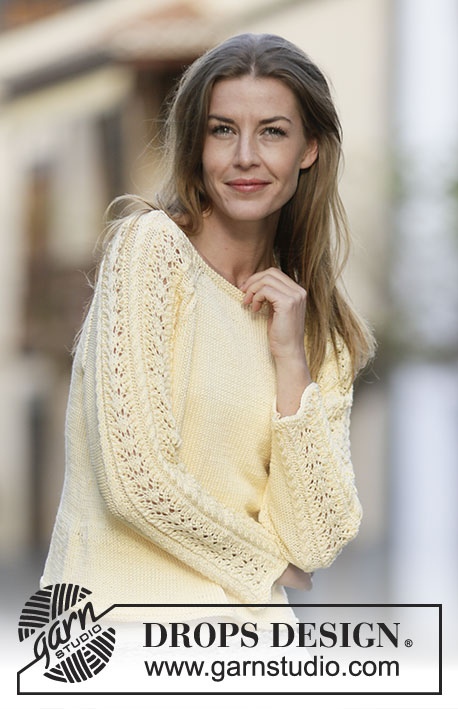 |
||||||||||||||||||
Knitted DROPS jumper with lace pattern and raglan in ”Muskat”. Size: S - XXXL.
DROPS 159-29 |
|||||||||||||||||||
|
GARTER ST (worked in the round): * K 1 round and P 1 round *, repeat from *-*. 1 ridge = 2 rounds. PATTERN: See diagram A.1. The diagram show all rows in pattern seen from RS. RAGLAN: Dec 2 sts in every transition between body and sleeves. Dec as follows: Beg 3 sts before marker and work as follows: K 2 tog, K 2 (marker is between these 2 sts), slip 1 st as if to K, K 1, psso. ---------------------------------------------------------- JUMPER: Worked in the round on circular needle. Cast on 184-200-216-240-264-288 sts on circular needle size 3.5 mm with Muskat. Work 2 ridges in GARTER ST - see explanation above. Switch to circular needle size 4 mm. Insert 2 markers in the piece; one at the beg of round and one after 92-100-108-120-132-144 sts. Continue in stocking st. When piece measures 6 cm, dec 1 st on each side of markers, repeat dec every 7-7-8-8-9-9 cm 3 more times = 168-184-200-224-248-272 sts. When piece measures 31-32-33-34-35-36 cm, cast off 4 sts on each side of each marker for armholes (= 8 sts in each side). There are 76-84-92-104-116-128 sts on back piece and front piece. SLEEVE: Worked in the round on double pointed needles. Cast on 56-58-60-62-64-66 sts on double pointed needles size 3.5 mm with Muskat. Work 2 ridges. Switch to double pointed needles size 4 mm. Insert 1 marker at the beg of round. Then work as follows: P 5-6-7-8-9-10, A.1 (= 21 sts) 2 times, work the first 4 sts in A.1, P 5-6-7-8-9-10. Continue this pattern upwards AT THE SAME TIME when piece measures 8 cm, inc 1 st on each side of marker. Inc every 3-2½-2½-2-2-2 cm 15-16-17-18-19-20 times in total = 86-90-94-98-102-106 sts. P the inc sts. When piece measures 52-52-51-51-50-50 cm (NOTE! Shorter measurements in the larger sizes because of longer sleeve cap and wider shoulders) cast off the 4 sts on each side of marker = 78-82-86-90-94-98 sts. Put piece aside and knit another sleeve. YOKE: Slip sleeves on to same circular needle as body where armholes were cast off = 308-332-356-388-420-452 sts. Insert 1 marker in all transitions between sleeves and body (= 4 markers). Continue in stocking st over sts on body and pattern and P as before on sleeve, AT THE SAME TIME on next round beg dec for RAGLAN – see explanation above (= 8 sts dec). Repeat dec every other round 20-21-22-22-23-24 more times and then every round 3-4-5-7-8-9 times, on last dec for raglan also dec 8 sts evenly over A.1 on each sleeve. After all dec for raglan 108-116-124-140-156-172 sts remain on needle. Switch to a short circular needle size 3.5 mm. Work 2 ridges while AT THE SAME TIME on first round dec 8-14-18-28-40-52 sts evenly = 100-102-106-112-116-120 sts. Cast off. ASSEMBLY: Sew the opening under the sleeves. |
|||||||||||||||||||
Diagram explanations |
|||||||||||||||||||
|
|||||||||||||||||||
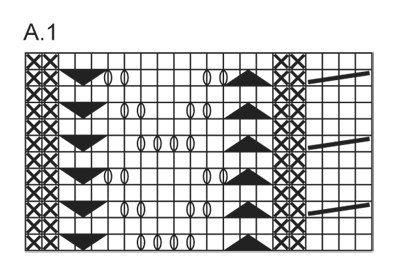 |
|||||||||||||||||||
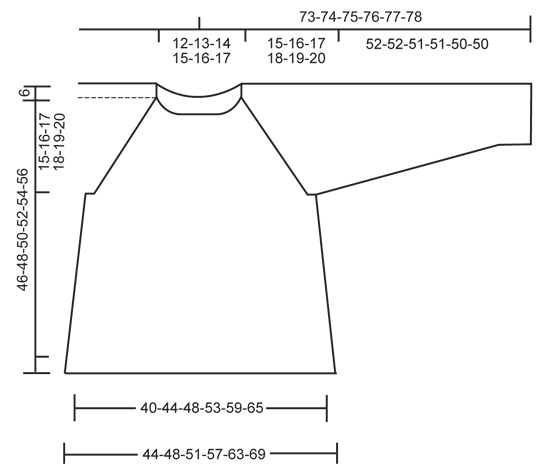 |
|||||||||||||||||||
Have you finished this pattern?Tag your pictures with #dropspattern #angelasweater or submit them to the #dropsfan gallery. Do you need help with this pattern?You'll find 31 tutorial videos, a Comments/Questions area and more by visiting the pattern on garnstudio.com. © 1982-2025 DROPS Design A/S. We reserve all rights. This document, including all its sub-sections, has copyrights. Read more about what you can do with our patterns at the bottom of each pattern on our site. |
|||||||||||||||||||








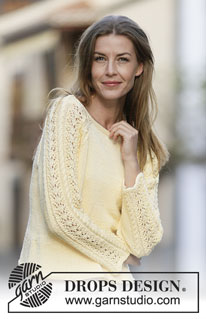























































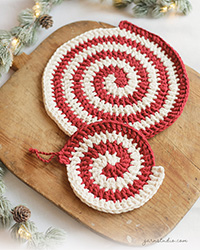
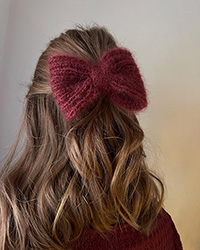

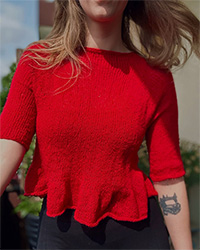

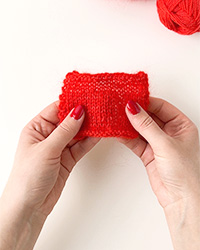
Post a comment to pattern DROPS 159-29
We would love to hear what you have to say about this pattern!
If you want to leave a question, please make sure you select the correct category in the form below, to speed up the answering process. Required fields are marked *.